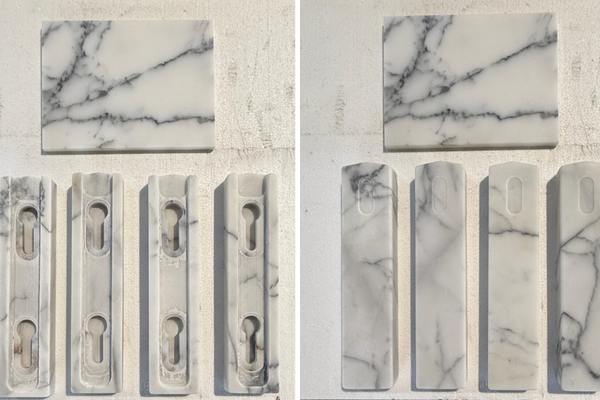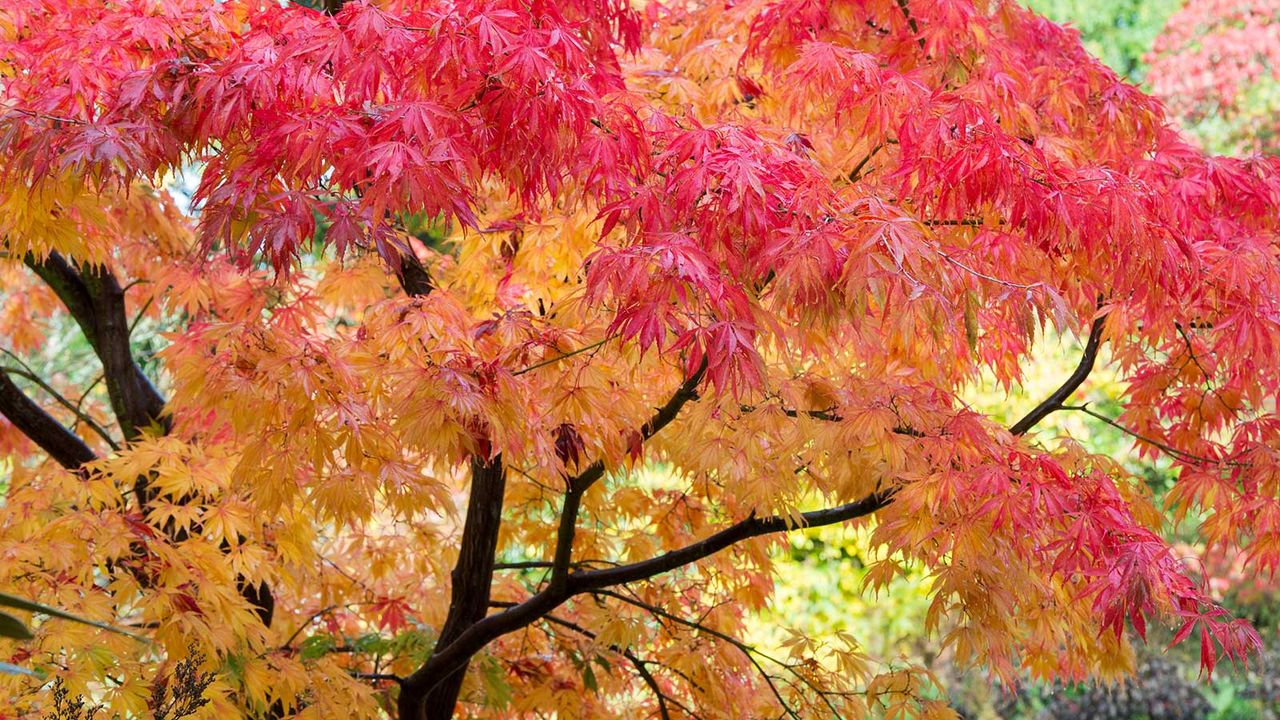
Whether you grow a deep crimson 'Bloodgood' specimen or perhaps you have an acid-green 'Emerald Lace' in the yard, there's nothing quite like the vivid canopies of healthy Japanese maple trees.
As a professional gardener, I have grown them in a variety of settings, including in pots on a shady courtyard in Wales, as well as narrow, part-shade gardens in London, where the afternoon sun was filtered just enough to keep them happy. And, if there is one thing I have learned along the way, it is that when these trees are unhappy, for whatever reason, once healthy leaves begin to turn brown, otherwise known as leaf scorch.
Once a leaf has turned brown, I’m afraid there’s no saving it for the season. Crispy is crispy, for want of a better phrase. It won’t revert to green, no matter how tenderly you water. But that doesn’t mean all is lost. Your tree is telling you something, so it is important to listen and tweak the growing conditions. Here are five common reasons for leaf scorch, with tips on how to save your Japanese maple trees this summer.
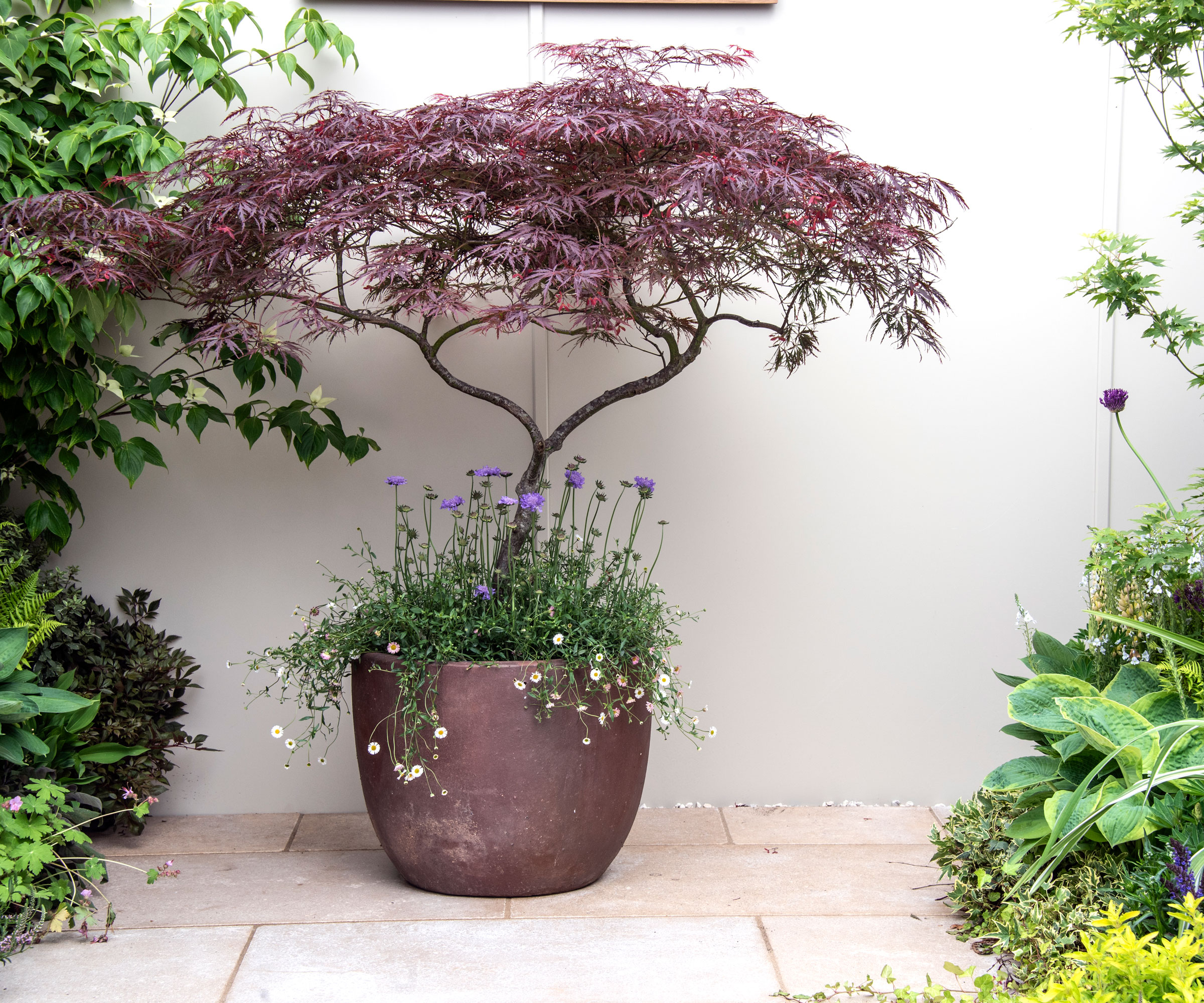
Why are my Japanese maple leaves turning brown?
Japanese maples can be grown from US hardiness zone 5 to zone 8, ideally in a part-shade position with moist but never waterlogged soil.
They are usually tough and resilient, but brown foliage is a sign that your tree is not happy. Here are five common causes and tips to help revive Japanese maples that I have learned during my time as a professional gardener.
1. Too much sun
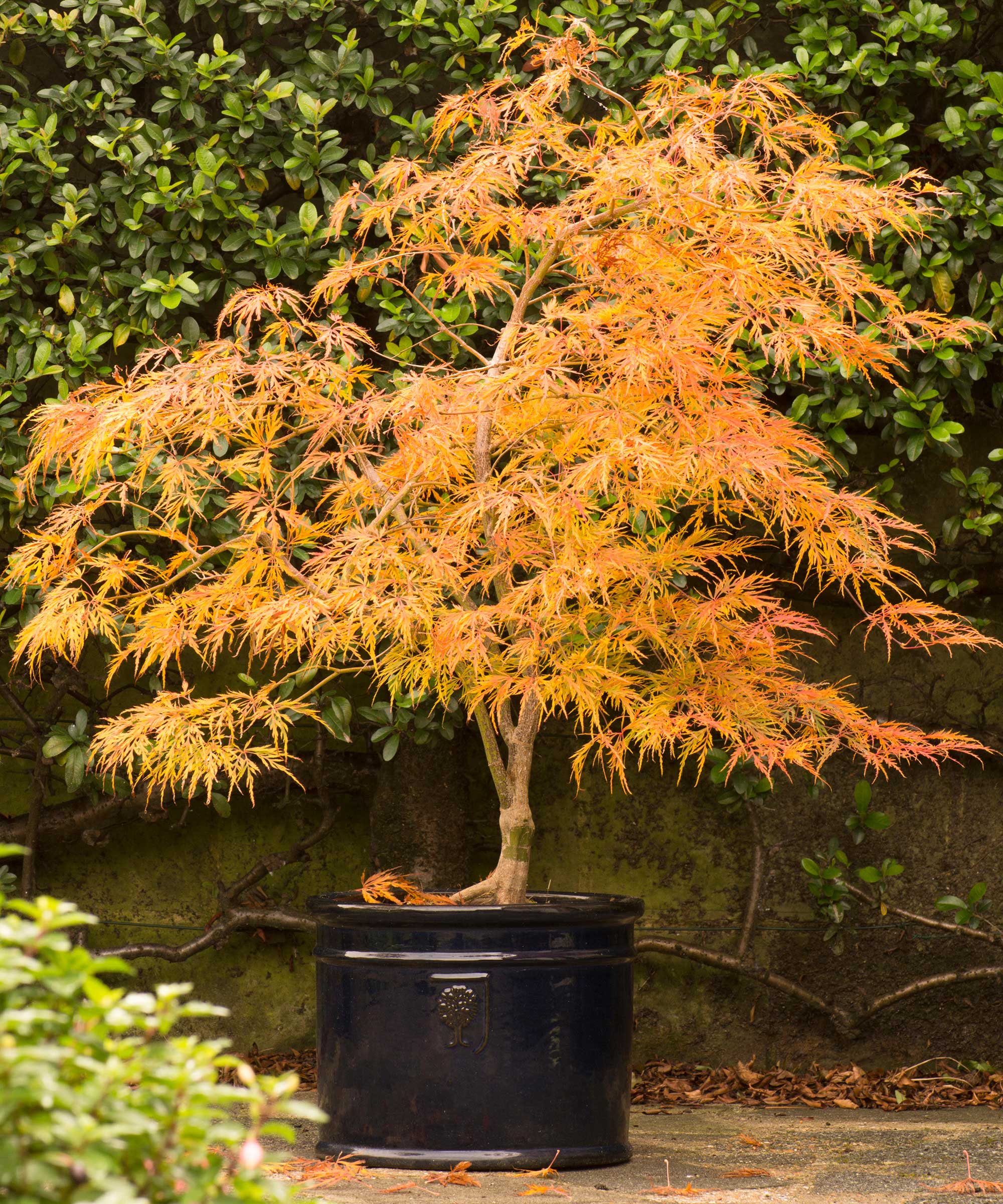
In my experience, too much sun is usually the issue if a Japanese maple is looking a little dry and crispy.
These are woodland plants, and regardless of the varieties of Japanese maples in your yard, they all do best in part-sun-part-shade.
So, if you are growing Japanese maples in pots, this is easy to rectify. Simply move your pot to a location with morning sun (far kinder to the tree) and afternoon shade (far more intense).
Try these rustic wooden plant caddies, available via Walmart, which can help to roll plants from A to B without doing yourself any harm.
When growing in the ground, this is harder to prevent, save for tearing up your yard and lifting the tree, which could kill it. The tree shouldn't die, but it might just look a little unhappy for the remainder of the season. Just be sure to keep deep watering during those days of high heat and bright sunshine.
Alternatively, for smaller specimens, you can use a plant shade protection sheet, available from Amazon. While it might seem a little extreme, if you are very concerned, simply use a sheet like this for the afternoon hours, removing it after the heat of the day has finished.
2. Not enough water

Another common cause of leaf scorch is usually underwatering. If your tree is in a pot, you’ll need to water much more often, even daily in peak summer.
I am always amazed by how quickly pots can dry out, and, without water, your tree can seemingly turn dry and crispy in a matter of weeks (even days).
Trees in the ground will also struggle if there’s a dry spell, particularly as their roots are usually quite shallow. Be sure to properly soak the ground, rather than a light watering.
If your faucet is far away, save yourself several trips with the watering can by using an extendable garden hose. Try this highly rated 50-foot hose, available via Amazon.
3. Heat stress

Even with adequate water and protection from afternoon sun, extreme heat can overwhelm your Japanese maple. And, during hot summers, the likes of which we are experiencing this year, heat stress will cause browning foliage.
Sadly, this isn’t something you can always fix, but one tip I was taught is to ensure you mulch Japanese maples in summer, which will keep the roots cool and lock in moisture.
In terms of what to use when mulching, I use bark chips or homemade well-rotted leaf mold, but any organic mulch (available from Amazon) will do the job.
4. Fertilizer burn
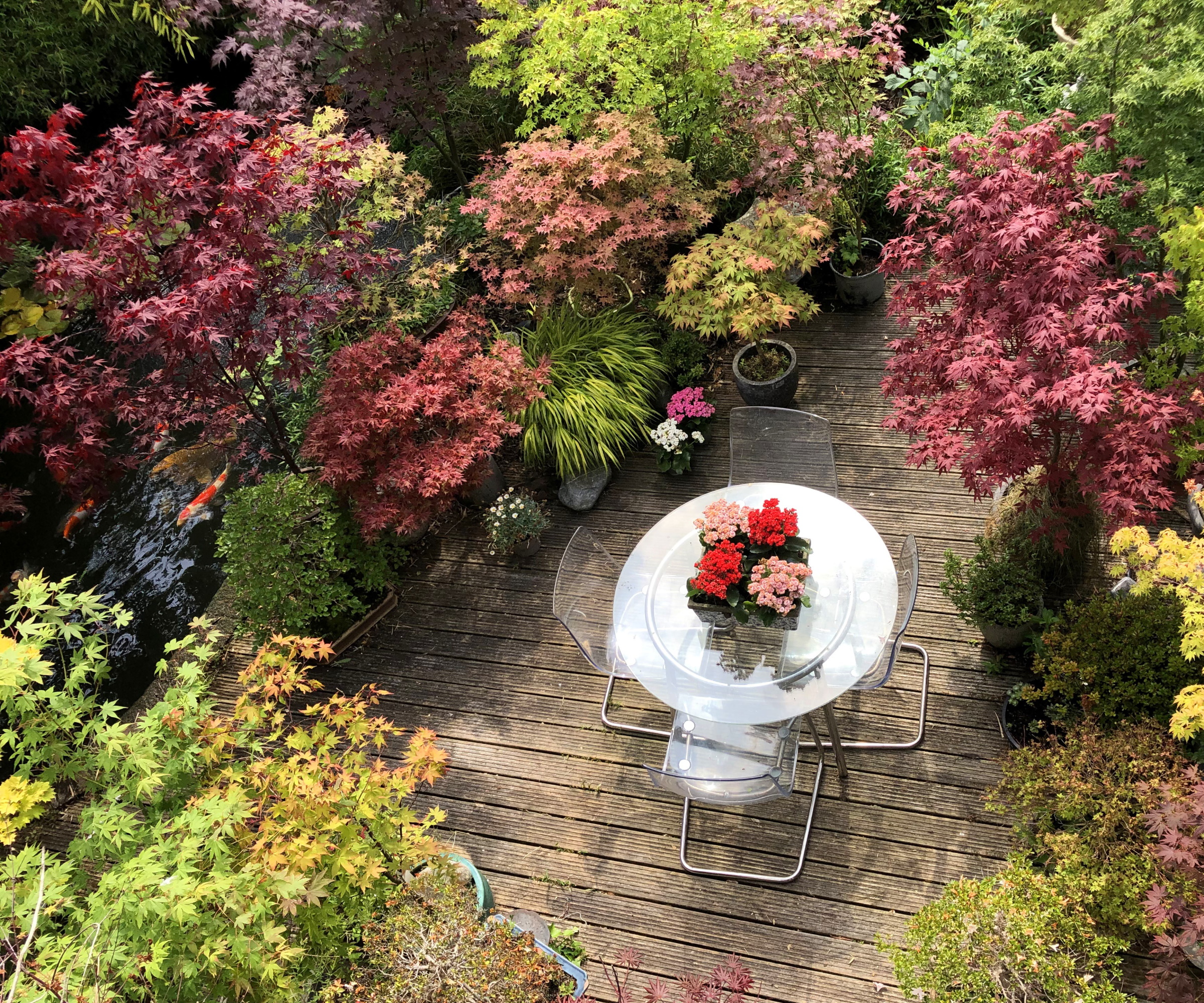
I find that Japanese maples don’t like rich, heavy feeds, especially in summer. If you’ve recently applied a fast-acting or chemical fertilizer and noticed leaf browning shortly after, that could be causing some stress and brown foliage.
Generally, the best time to fertilize Japanese maples is early spring, and I would warn against over-feeding, which is a common fertilizing mistake. I would avoid feeding anytime after June during the scorching summer months.
5. Wind exposure
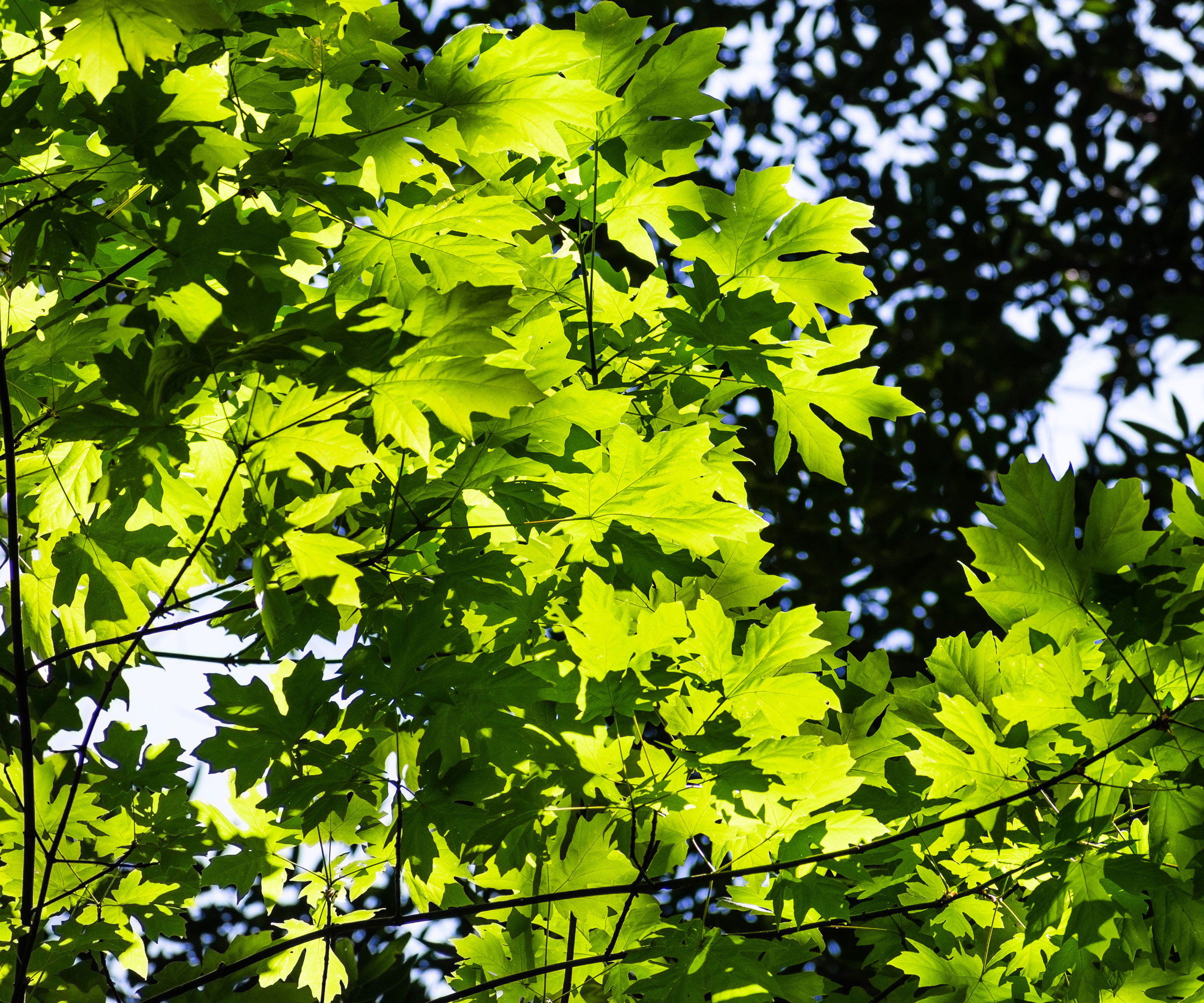
My grandfather has not been able to grow Japanese maple trees for one reason: coastal wind, which is a problem along the coast in Cornwall. Put simply, they do not like wind, and they are also sensitive to salt.
The good news? For maples in pots, you can simply move containers to a sheltered nook or corner for a short time.
However, for maples growing in the ground, this is slightly trickier. One solution might be a living green windbreak, something like a solid yew hedge or containerized bamboo screen, which can shield more vulnerable parts of the yard from strong winds.
However, if this seems like a lot of fuss, it might just be the case that in open, windy areas, this is not the species to grow.
FAQs
What varieties of Japanese maple can tolerate sun?
If you are keen to grow Japanese maples but lack shade, one tip would be to grow them under the canopy of another, larger tree that is more tolerant of sunshine. Or, alternatively, pick one of the sun-tolerant Japanese maple varieties, such as 'Bloodgood', which has remarkable crimson foliage. Live 'Bloodgood' maple trees are available from Amazon.
Whatever the cause for your Japanese maples turning brown, this will likely be a temporary concern. While it might look a little unsightly now, your tree should bounce back and return next spring with lush new foliage. My top tip: keep an eye on watering for the final few months of the growing season.
For more inspiration, see our guide on changing the color of Japanese maples.
Shop gardening essentials
This garden hose can reach up to 50 feet, handy for giving maples and other trees a good soaking in summer.



